Time:2025-07-10
The Evolution of Lighting Solutions: The Rise of Reusable Cuttable Kits
In an era where sustainability and adaptability dominate design priorities, reusable cuttable neon strip lighting kits have emerged as a groundbreaking solution for both professional designers and DIY enthusiasts. These kits combine the flexibility of cuttable neon strips with the durability required for repeated use, offering a sustainable alternative to traditional single-use lighting setups. By enabling users to customize, disassemble, and reuse components across multiple projects, these kits address key challenges such as waste reduction, cost efficiency, and creative freedom.
Whether for temporary event installations, seasonal home decor, or commercial displays that require frequent reconfiguration, reusable cuttable kits provide a modular framework for dynamic lighting design. This article explores the technical innovations, practical advantages, and diverse applications of these kits, guiding readers through selecting, using, and maximizing the potential of this transformative lighting solution.
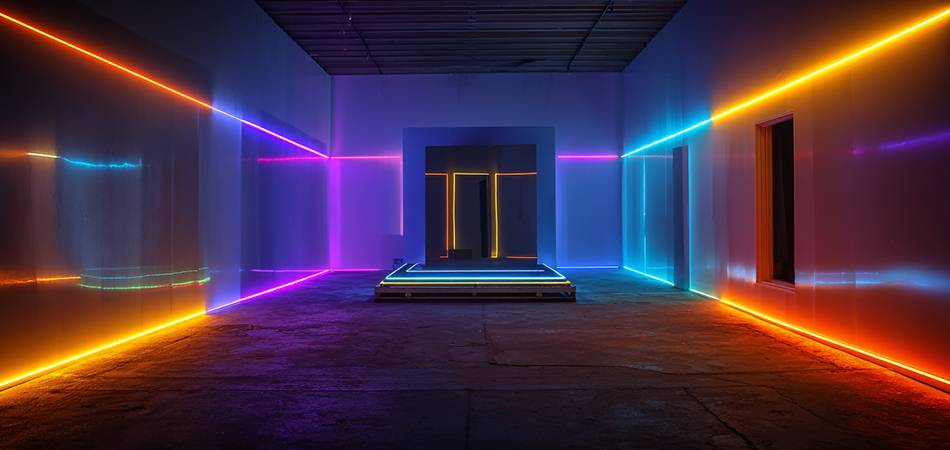
Technical Foundations: What Defines Reusable Cuttable Neon Strip Kits?
Core Design Features for Reusability
Modular Component Design
Reusable kits are built around interchangeable components that can be easily disassembled and recombined:
Detachable Connectors: High-quality snap-fit or screw-lock connectors allow quick disconnection without damaging the strip or contacts, enabling segments to be reused in new configurations.
Removable Mounting Hardware: Adjustable clips, brackets, and adhesive solutions (such as repositionable tape) secure strips during use but allow clean removal for reuse.
Standardized Interfaces: Uniform connector sizes and electrical specifications ensure compatibility across kit components, even after multiple assembly-disassembly cycles.
Cuttable Precision with Durable Circuitry
Pre-Marked Cut Points: Strips feature clearly labeled intervals where they can be safely cut without compromising the integrity of the remaining segments. These points align with the strip’s PCB (printed circuit board) or neon tube structure, ensuring consistent conductivity after cutting.
Reinforced Cut Edges: Specialized coatings or seals at cut points prevent oxidation or moisture ingress, maintaining electrical performance through multiple reuse cycles.
Sustainable Material Selection
Durable Outer Encasing: Silicone or high-grade PVC casings resist wear and tear from repeated bending, cutting, and reconnection, extending the lifespan of both strips and connectors.
Lead-Free and Recyclable Components: Many kits adhere to RoHS and REACH standards, using non-toxic materials that are easier to recycle at the end of their lifecycle.
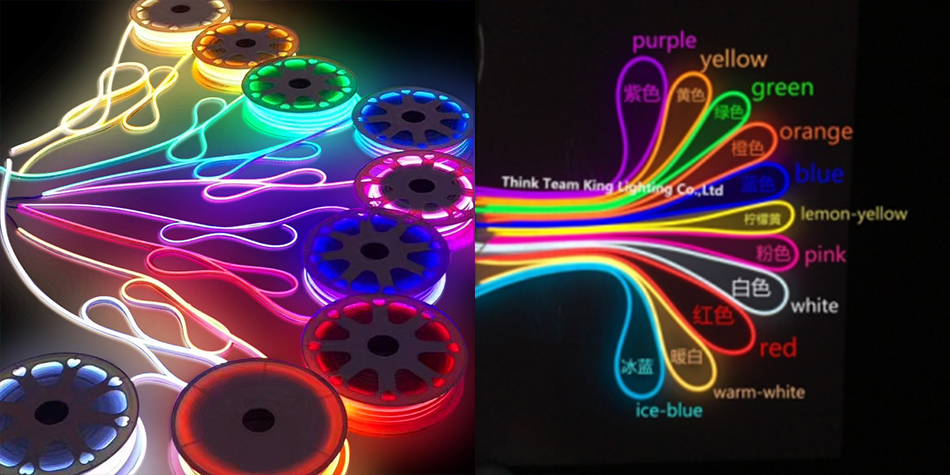
Key Components of a Reusable Cuttable Kit
Neon Strips
LED Neon Flex: The most common type in kits, offering energy efficiency, vibrant color options, and flexibility for curved installations. Many feature RGB capabilities for dynamic lighting effects.
Traditional Neon Tubes (Reusable Editions): Specialized kits include pre-sealed glass neon tubes with reinforced cut points, designed for easy disassembly and reuse in indoor decorative projects.
Connectors & Adapters
Universal Connectors: Compatible with both cut and uncut strips, allowing seamless joining of segments in series or parallel.
Angle Adapters: 90-degree or adjustable connectors for navigating corners or creating geometric shapes, essential for reusable modular designs.
Power & Control Systems
Multi-voltage Power Supplies: Universal adapters compatible with 12V/24V DC, enabling use with batteries, solar panels, or standard wall outlets.
Dimmable Controllers: Many kits include remote or app-controlled dimmers, allowing users to adjust brightness and colors without rewiring, a critical feature for reusable event setups.
Mounting & Storage Accessories
Reusable Adhesive Pads: Removable adhesive that leaves no residue, ideal for temporary installations on walls, furniture, or display boards.
Carry Cases: Customized storage solutions with foam inserts to protect strips and connectors during transport and reuse.
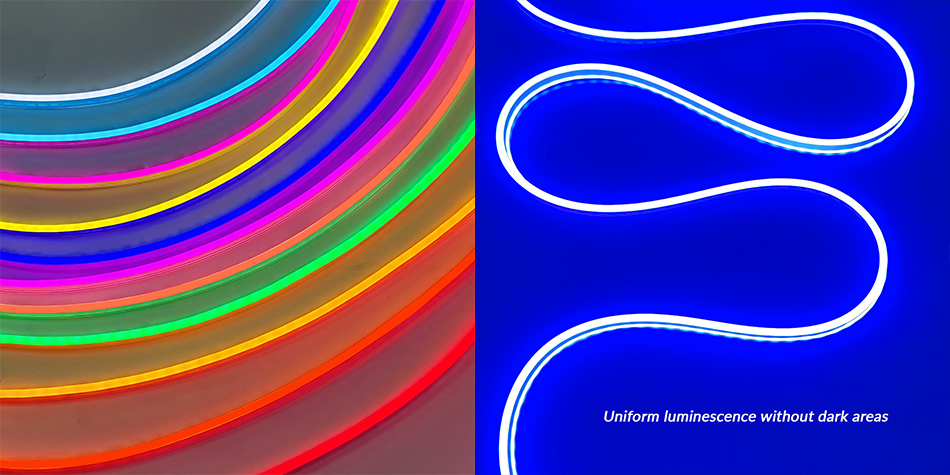
Advantages of Reusable Cuttable Neon Strip Kits
Sustainability & Waste Reduction
Minimal Material Waste: Cutting strips to exact lengths and reusing components reduces leftover materials, aligning with circular economy principles.
Longevity Through Reuse: Durable construction ensures components can be repurposed for multiple projects, minimizing landfill waste compared to single-use lighting.
Cost-Efficiency Over Time
Initial Investment, Long-Term Savings: While upfront costs may be slightly higher than disposable alternatives, the ability to reuse components across projects provides significant cost savings over time, especially for frequent users like event planners or commercial designers.
Reduced Replacement Costs: High-quality connectors and strips require fewer replacements due to wear, further enhancing cost efficiency.
Unmatched Design Flexibility
Adaptability to Projects of Any Scale: From small DIY crafts to large-scale event installations, kits allow users to build, dismantle, and rebuild lighting designs with ease.
Seasonal & Thematic Versatility: Change colors, configurations, or placements for holidays, promotions, or seasonal decor without purchasing all-new systems.
User-Friendly Installation
Tool-Free Assembly: Most kits require no soldering or specialized tools, making them accessible to DIY enthusiasts and professionals alike.
Quick Reconfiguration: Disassembling and reassembling takes minutes, a critical advantage for time-sensitive projects like pop-up shops or temporary exhibitions.
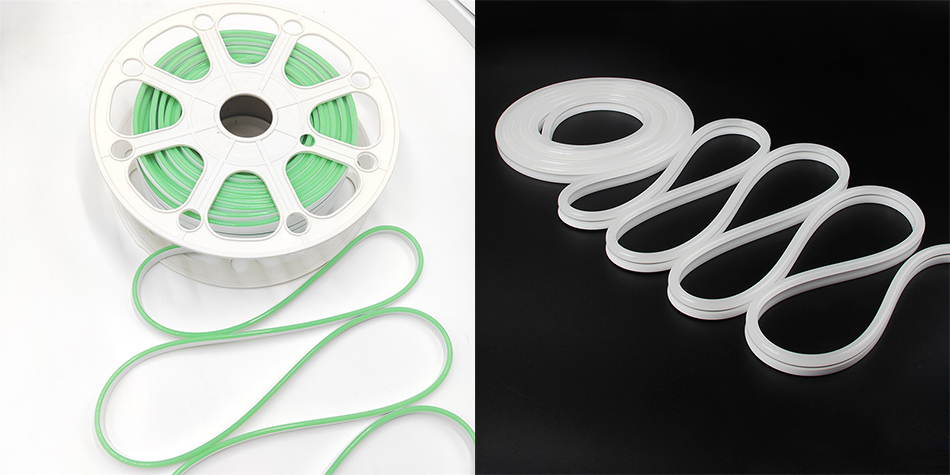
Diverse Applications of Reusable Cuttable Kits
Residential & Interior Design
Seasonal Decor: Create reusable holiday lighting that can be adjusted for Christmas, Halloween, or weddings, storing components for future use.
Modular Room Makeovers: Repurpose strips from a living room accent wall to a home office setup, using the same connectors and power supply.
Rental Properties: Landlords can use reusable kits for temporary tenant improvements, easily removing and reusing them across units.
Commercial & Retail
Pop-Up Stores & Exhibitions: Build eye-catching displays that can be disassembled and reused at multiple locations, reducing setup costs for brands
Seasonal Promotions: Adjust storefront signage or in-store displays for sales or holidays, reconfiguring colors and layouts without replacing entire systems.
Hospitality Venues: Hotels and restaurants can reuse kits for event spaces, adapting lighting to match different themes or private functions.
Events & Entertainment
Weddings & Parties: Create customized neon backdrops, table centerpieces, or photo booth lighting that can be repurposed for future events.
Music Festivals & Concerts: Modular stage lighting setups that can be quickly reconfigured for different stages or reused across festival editions.
Industrial & Functional Lighting
Warehouse & Workshop Task Lighting: Adjustable strip segments for temporary work areas, easily repositioned as storage layouts change.
Emergency & Temporary Sites: Reusable kits provide safe, low-voltage lighting for construction sites or disaster relief areas, where portability and reuse are essential.
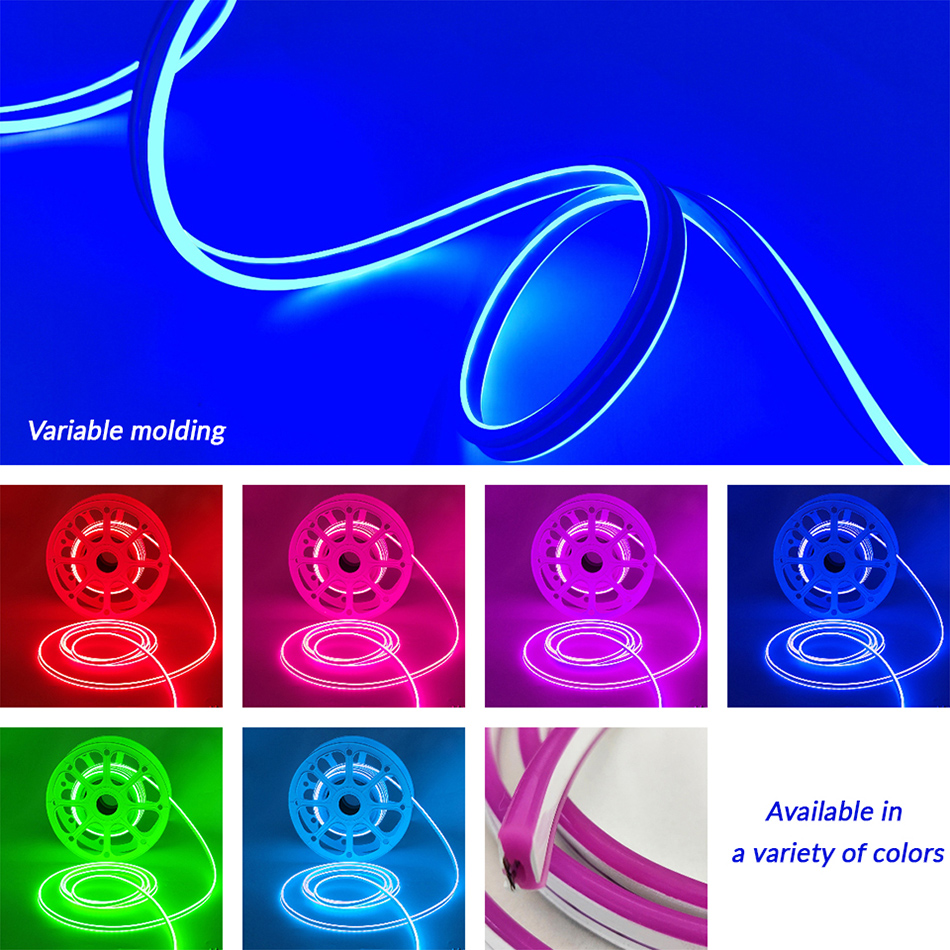
How to Choose the Right Reusable Cuttable Kit
Material Durability for Intended Use
Indoor vs. Outdoor Kits: Select silicone-encased LED strips with IP65 ratings for outdoor reuse, or lightweight PVC strips for indoor projects.
Flexibility Needs: Ensure strips can bend to the required radius for your most common applications (e.g., tight curves for retail displays vs. straight runs for industrial use).
Kit Completeness
Component Inclusion: Look for kits that include power supplies, connectors, mounting hardware, and controllers to avoid purchasing add-ons separately.
Scalability: Choose kits that allow easy expansion with additional strips or accessories, ideal for projects that may grow in scope.
Environmental & Safety Standards
Certifications: Prioritize kits with CE, RoHS, or UL listings to ensure compliance with safety and environmental regulations.
Warranty: Reusable kits with manufacturer warranties on connectors and strips indicate confidence in durability and reuse potential.
User Reviews & Case Studies
Assembly Feedback: Look for reviews mentioning ease of disassembly, connector durability after multiple uses, and adhesive residue (or lack thereof).
Professional Endorsements: Kits used by event planners or designers often indicate high performance in reusable scenarios.
Best Practices for Maximizing Reusability
Proper Storage Techniques
Organized Packaging: Use the kit’s original case or labeled containers to keep connectors, strips, and hardware together, preventing loss of small components.
Damage Prevention: Store strips flat or on spools to avoid kinks, and keep connectors in dry, dust-free environments to prevent oxidation.
Gentle Disassembly
Connector Care: Always disconnect power before disassembly and pull connectors straight off (avoid bending or twisting strips during removal).
Adhesive Removal: Use mild adhesive remover for stubborn residue, ensuring surfaces remain clean for future installations.
Regular Maintenance
Contact Cleaning: Wipe connector pins and strip contacts with isopropyl alcohol periodically to maintain conductivity, especially after multiple uses.
Inspection Routine: Check for wear on strip casings or connector locks, replacing damaged components promptly to maintain kit integrity.
Challenges and Solutions in Reusable Kit Use
Challenge 1: Connector Wear After Multiple Uses
Solution: Choose kits with gold-plated or corrosion-resistant connectors, and avoid over-tightening screw-lock types to preserve contact integrity.
Challenge 2: Inconsistent Cuts Affecting Reusability
Solution: Always cut at manufacturer-marked intervals using sharp tools, and test cut segments for conductivity before final assembly.
Challenge 3: Adhesive Residue on Surfaces
Solution: Opt for kits with reusable adhesive pads or double-sided tape designed for temporary use, which leave minimal residue.
Challenge 4: Color Matching Across Reused Segments
Solution: Label strips by color and batch during storage, or choose RGB kits that allow color adjustment to match reused segments.
Innovations Shaping the Future of Reusable Kits
Smart Reusable Systems
Bluetooth-Enabled Kits: Apps that remember past configurations, allowing users to replicate successful designs with one click during reuse.
Sensor Integration: Kits with built-in motion or light sensors that auto-adjust settings, ideal for reusable smart home or commercial setups.
Sustainable Material Innovations
Biodegradable Silicone: Emerging kits use plant-based materials for casings, enhancing eco-friendliness without compromising durability.
Recycled PCBs: Manufacturers are exploring recycled circuit boards, reducing the environmental impact of kit components.
Modular Design Advancements
Magnetic Connectors: Strong neodymium magnets for tool-free, secure connections, speeding up assembly and disassembly.
3D-Printable Accessories: Customizable mounting brackets and connectors that can be printed on-demand, increasing kit adaptability.
Conclusion: The Future of Lighting is Reusable and Resilient
Reusable cuttable neon strip lighting kits represent a paradigm shift in lighting design, blending sustainability, cost efficiency, and creative freedom into a single solution. By prioritizing modularity, durability, and ease of reuse, these kits empower users across industries—from DIY enthusiasts to commercial designers—to create dynamic lighting installations without waste or technical barriers.
As environmental consciousness and the demand for flexible design continue to grow, these kits will only become more integral to modern lighting strategies. Whether for seasonal home decor, temporary commercial displays, or large-scale events, the ability to cut, connect, and reuse components offers a sustainable and economical path to illuminated creativity. By choosing high-quality kits and following best practices for maintenance, users can unlock the full potential of this innovative technology, ensuring their lighting projects are as resilient and reusable as the world around them.